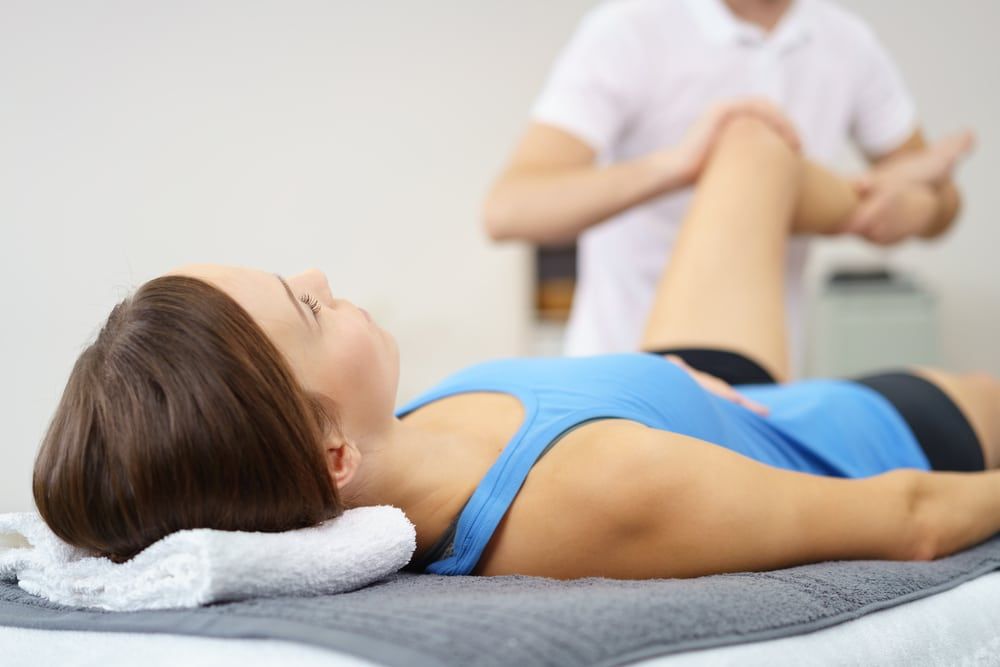Physical therapy is a valuable tool to doctors and orthopedists who are helping their patients rehabilitate injuries or recover from major surgery. It is a non-invasive method that can be used as a stand-alone therapy or in combination with other treatments. Physical therapy is a term used to describe a collection of therapeutic methods, such as exercise therapy, massage therapy, hot and cold therapy and electrical stimulation therapy. It is designed to challenge the body’s musculoskeletal system, pushing it beyond the boundaries caused by disease, deformity or injury.
Did you know…
that physical therapy is thousands of years old? Although there is no way of knowing exactly when it was first used, scientists do know that both Hippocrates and Hector advocated for its use as early as 460 B.C. But it wasn’t until the late 1800s and early 1900s that formal schools of physiotherapy began to emerge, along with professional societies of physical therapists. By the 1950s, physical therapy began to spread outside of hospital settings and into outpatient centers and doctor’s offices where it continues today.
Frequently Asked Questions
Will I need physical therapy?
There are many people who could benefit from physical therapy. Examples include athletes with overuse injuries, patients with arthritis, joint replacement surgery patients, and anyone who is limited by chronic musculoskeletal pain, stiffness, or motion range restrictions. Patients may also benefit from physical therapy if they are suffering from traumas to the body’s connective tissues, such as torn ligaments or tendinitis. To find out if physical therapy is right for you, contact your orthopedist to schedule a consultation.
What should I expect during a physical therapy session?
Your orthopedist will prescribe physical therapy that will challenge you without over-working you. The long-term goal for many orthopedic patients is improved joint mobilization and less pain. You can expect your physical therapy sessions to gradually increase in difficulty, constantly challenging you to make progress toward your goals. Some patients require physical therapy for just a few weeks, whereas others need it for several years. Your exact experience will vary according to your needs.
Is there anything I can do to help improve the outcome of my treatment?
It is not unusual for orthopedists to prescribe in-office physical therapy accompanied by at-home stretches or exercises. Depending on your specific circumstances, you may be advised to adopt a more active lifestyle or perhaps avoid certain physical activity until you make a full recovery. The most important thing you can do to facilitate a better treatment outcome is to follow your orthopedist’s instructions exactly as advised.

